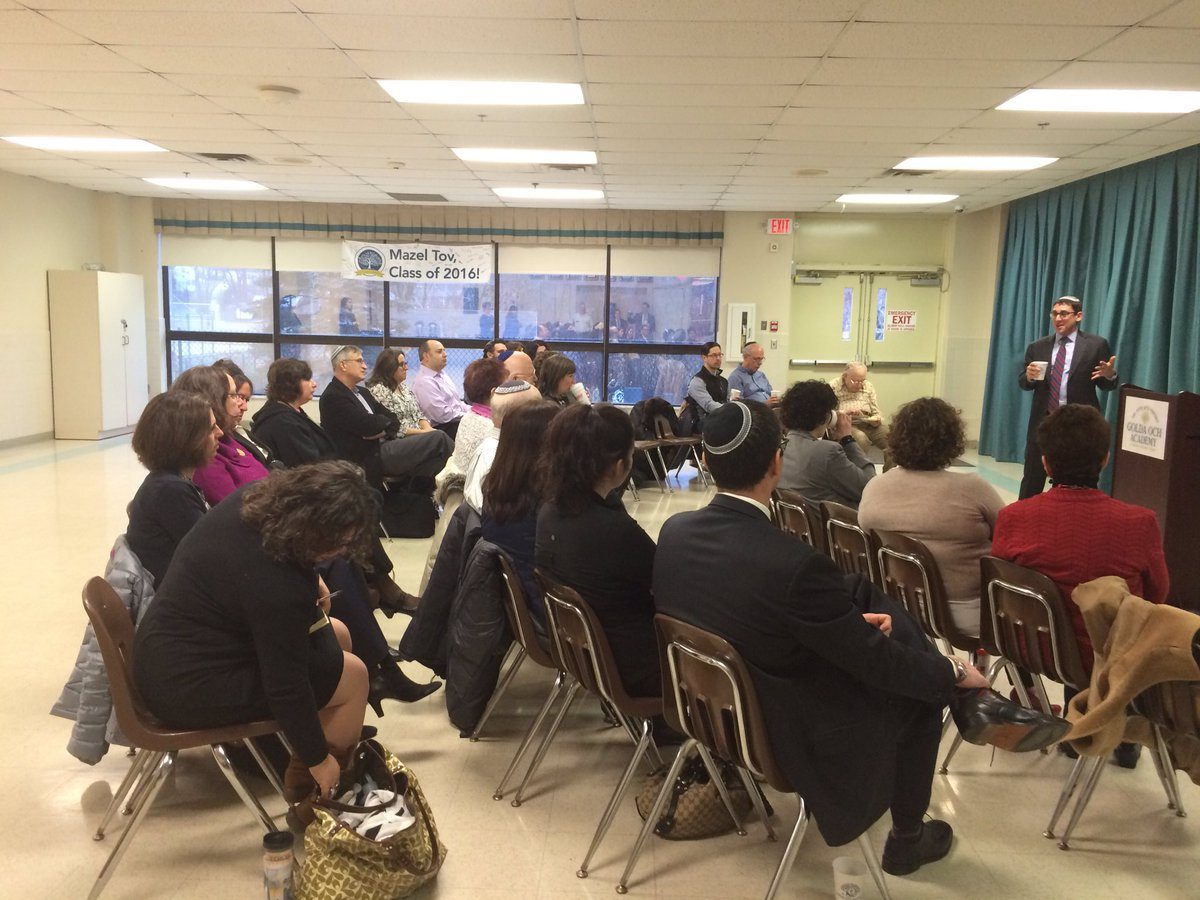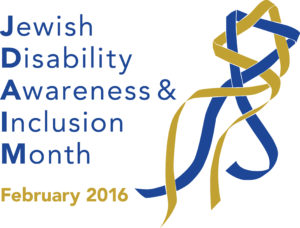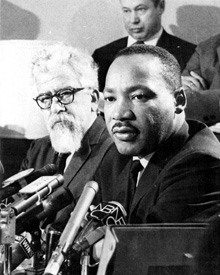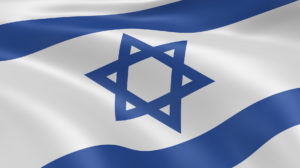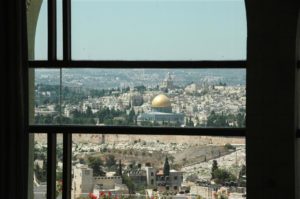 As I blogged about last week, part of the joy of running the Schechter Network is the opportunity to visit so many of our schools and see firsthand the excellence, the innovation and the impact of the work of our talented leaders and dedicated teachers. We, as a network, have strived in our rebirth to be more cognizant of that excellence and to be more strategic in how we leverage it between our schools. We have focused less energy, however, on trying to use our bully pulpit to shine a brighter light on our schools for the greater good of advocacy and support. We want to try to do better…
As I blogged about last week, part of the joy of running the Schechter Network is the opportunity to visit so many of our schools and see firsthand the excellence, the innovation and the impact of the work of our talented leaders and dedicated teachers. We, as a network, have strived in our rebirth to be more cognizant of that excellence and to be more strategic in how we leverage it between our schools. We have focused less energy, however, on trying to use our bully pulpit to shine a brighter light on our schools for the greater good of advocacy and support. We want to try to do better…
…each of our schools was asked to share in their own words examples of programs and initiatives of what they think makes their school unique, special, excellent, and innovative. We promised to batch and share out as they come in.
We have been pleased with the responses so far and look forward to more volumes of the “Schechter Spotlight” after today’s. Without further adieu – and in no particular order – it is our pleasure to introduce you to three of our amazing Schechter schools…
 Name of School: Community Day School (Pittsburgh, PA)
Name of School: Community Day School (Pittsburgh, PA)
Description of School: Community Day School is a nurturing, academically excellent Jewish day school for the 21st century. From Early Childhood through Middle School, we inspire our students to love learning through innovative teaching methods and hands-on discovery. CDS is a welcoming community where Pittsburgh families who span the spectrum of Jewish belief and practice can learn and connect along with their children. As our students grow in knowledge from preschool through 8th Grade, they grow as people — finding their passions, embracing their Jewish identities, and preparing for successful and meaningful lives.
Current Work/Projects:
- We’re opening our new 3-year-old program in Fall 2016 (currently accepting applications on a waiting list).
- We’re implementing Lucy Calkin’s Writing Workshop curriculum school-wide. This groundbreaking model used by thousands of schools worldwide was developed at the Teachers College Reading & Writing Project (TCRWP) at Columbia University in New York City. It’s a rigorous and engaging curriculum with a proven track record of improving student achievement that transforms children as early as kindergarten into published authors.
- Community Day School has been recognized as a Facing History and Ourselves Innovative Schools Network Partner School, and we’ve introduced a rich “Facing Choices” curriculum in Pre-K to Grade 8. As part of this initiative, this year marked the first time that Community Day School was in session for Martin Luther King Jr. Day. Instead of taking the day off, we took on the essential themes of this important day together as a school and with the broader Pittsburgh community in a meaningful way that honored the life and legacy of Dr. King.
- We’re training interested CDS teachers on each level to coach every grade in mindfulness practices and we’re linking mindfulness to the ancient practice of t’fillah. Our students begin each morning in a meditative space as a way to connect with their past, reset their priorities, and get set for a day of purposeful and sacred work.
- We’ve embarked on a visioning process by convening a task force of educators, parents, technologists, and scientists to identify opportunities for innovation and growth related to technology integration at Community Day School.
- We’re establishing a Middle School Advisory program.
- We’re benchmarking Hebrew language progress with a DIBELS-type Hebrew language assessment being created and piloted for us, as well as piloting “Dvash,” a new program for teaching Hebrew to children with dyslexia and other language-related challenges.
- We’re offering a new class for parents of children ages 2-10 years old called Foundations for Jewish Family Living developed by The Florence Melton School of Adult Jewish Learning to enrich the Jewish conversations that naturally emerge around the dinner table when parents and children are able to share their learning.
Links:
 Name of School: Ner Tamid Community Day School (Sharon, MA)
Name of School: Ner Tamid Community Day School (Sharon, MA)
Area of Strength/Passion/Specialty: Multi-age, personalized learning
At Ner Tamid Community Day School, we do not divide our community of learners by age and grade level. Elementary and middle school aged children have the opportunity to learn together and from one another. Our multi-age classroom supports individual growth through an approach to learning that is child centered rather than curriculum centered. Each child becomes a successful learner on his or her own continuum of growth. The mixed-age environment requires teachers to facilitate the learning of each child rather than to instruct the class as a whole based on predetermined grade-level skills and content. This grouping evolves into a true family of learners.
Brief Description of Current Work/Projects:
We end our week with Passion Project Friday! Each child has the opportunity to explore a topic that is personally interesting to them. Children investigate their topic across the content areas, incorporating everything from science, to Judaics, to Hebrew. They learn research skills, connect with experts on their topic, and end the year with an exposition.
Links:
 Name of School: Akiba-Schechter Jewish Day School (Chicago, IL)
Name of School: Akiba-Schechter Jewish Day School (Chicago, IL)
Area of Strength: We’re considered strong in many areas—general studies, for example; our Humanities program; our play-based, Reggio Preschool; critical thinking, our Buddy Program, multi-age learning, etc. I would say if I had to choose one thing to hang our hat on, which encompasses all of that, it’s our individualization. We are known throughout the community for our ability to challenge even the most gifted children while still scaffolding for those who need more support. We teach students, not subjects. People come to us because they feel the other schools treat them like cogs in a machine, not as individuals. They value the individualized attention we provide.
Projects:
The Dollhouse Project: Our 7th/8th science classes have been studying electricity and circuits. As part of their final project, they had to work in groups to build dollhouses. The houses had to be fully functional with working electricity. Students built every aspect of the house themselves. One even included a working elevator. Photos of the dollhouses can be found on our Facebook page.
The Family Project: Our Preschool is play-based and Reggio-Emilia inspired. Integral to these philosophies is the notion that our curriculum emerges from the students, and the students document their own learning. The Family Project is something the entire Preschool/Kindergarten took on together, and the concept was that each class documented what family means to them, but in a different way. The students created a giant gallery about the concept of family. Here is a blog post that features images from the gallery and some examples of what it looks like for preschool-aged children to document their own work: http://akibablogger.blogspot.com/2015/11/family-is.html. Our Preschool has become a leader in Reggio learning, and last year three of our teachers were selected to visit Reggio Emilia, Italy, to learn about this philosophy at its source, in its original home.
The Mishkan Project: In Tanach class, our 5th/6th graders learning about the Mishkan created 3-D models of the vessels used in Tabernacle. Then, they presented them to parents in a Mishkan fair. The intention was to bring the Mishkan to life through hands-on, collaborative team work, and to be able to present their creations orally to a formal audience. Here is a blog post with photos: http://akibablogger.blogspot.com/?/news/blog/
Mock Appellate Court: As part of their unit on Mesopotamia, one of the 5th/6th History classes is going to be holding a mock appeals court. During their study of Hammurabi’s Code, they found some passages that were remarkably similar to passages in Parshat Mishpatim. They specifically looked at the case of a pregnant woman who is accidentally hit and miscarries. The punishment in each text is different, but the question is the same: is the fetus a human life or the mother’s property? The students then looked at a modern day court case from Massachusetts that deals with the same scenario: Thibert vs. Milka (1995). The students will be simulating a mock appeals court by taking on the roles of appellate lawyers and writing appellate “briefs.” They will do this after analyzing a series of fictional cases and deciding whether these cases hurt or help their position. They are also looking at the various excerpts from the Talmud that deal with this issue.
Three schools of different sizes in different cities all of whom are doing great works, the “Schechter Difference” indeed! We look forward to introducing to you more of our schools in the weeks and months ahead…







